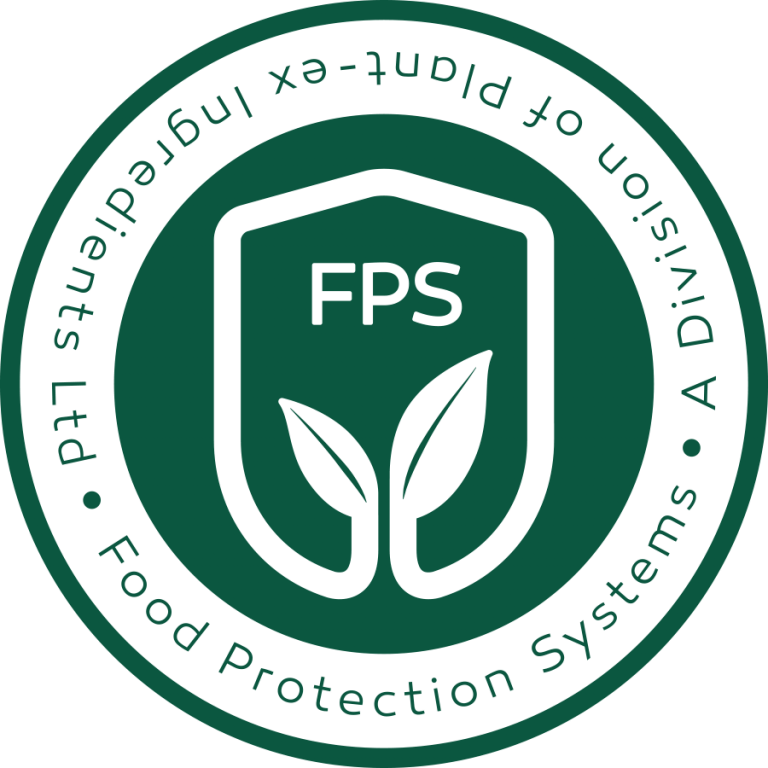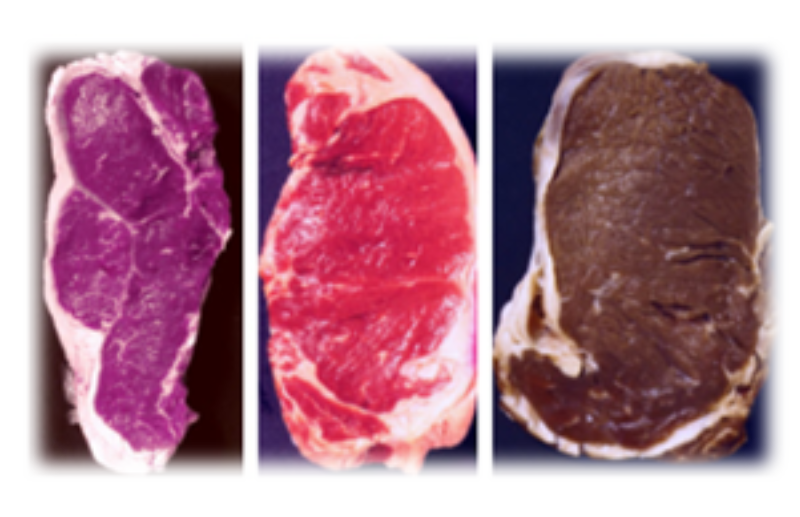LIPID OXIDATION
Lipid oxidation is a highly complex set of free radical reactions that occur between fatty acids and oxygen, this results in the oxidative degradation of lipids, which is also known as rancidity. Lipid oxidation or rancidity means that hydroperoxides have been formed. Hydroperoxides through the splitting of fatty acid chains, polymers and dimers, form by-products such as: epoxides, alcohols, aldehydes, and ketones. These by-products interact negatively with proteins, sugars, pigments and even vitamins, causing a range of quality issues with the food product such as: off flavours, bad aromas, colour loss, and nutritional deficits.

AUTO-OXIDATION
Initiation – A hydrogen atom is abstracted in the presence of initiators such as light, heat, metals or oxygen, this forms a lipid radical which reacts with oxygen making a lipid peroxide radical.
Propagation – The peroxide radical reacts with a second lipid which creates a lipid radical and a hydroxy peroxide, the lipid radical formed then propagates the chain of autooxidation forming a new reaction in the cycle.
Termination – Antioxidants may terminate or block the propagating cycle by effectively ending or blocking the hydroperoxide formation thus delaying the onset of rancidity.
PHOTO-OXIDATION
Photo oxidation is the same as auto oxidation, however the only difference is that light particles begin the photo oxidation process which then causes the product to lose colour or fade.
Oxidation is common in many foods, below are visual indicators, however other signs will be present that we cannot see such as: bad tastes, off smells, nutritional losses such as vitamin or mineral decomposition.

Aroma and taste will be impacted too, vinegar and caramelized apple characteristics will be prominent.

The oxidized steak is brown, this is due to irons in the blood oxidizing (think of it like rust), other signs may be off flavours, smells and a sticky or slimy coating to the meat.

Cooking oils are susceptible to lipid oxidation due to being exceptionally sensitive to light, other characteristics are rancid smells, and bad tastes when cooking.
ANTIOXIDANTS
Our antioxidant products are sourced and derived from the best quality ingredients to ensure clean label, efficacious protection against auto oxidation and photo oxidation.
Natural Rosemary Extract
Phenolic compounds : Carnosic acid, carnosol & rosmarinic acid.
Uses: Snacks, biscuits, meat & fish products, nuts, seasonings, cosmetics, sauces, dressings and beverages.
Form: Powder & Liquid.
Solubility: Oil and water.
Tocopherols (Vitamin E)
Phenolic compounds : α (alpha), β (beta), γ (gamma), and δ (delta) tocopherols.
Uses: Cooking oils, spreads, snacks, biscuits, meat & fish products, nuts, seasonings, cosmetics, sauces and dressings, confectionery, chocolate.
Form: Liquid & Powder (spray dried).
Solubility: Oil & water
Olive extract
Phenolic compounds : Hydroxytyrosol, Olueropin.
Uses: Processed meats, poultry, fish, snacks, cakes, biscuits, sauces, dressings, seasonings.
Form: Liquid & Powder.
Solubility: Oil soluble, Water miscible.
Ascorbic Acid – acerola derived
Derived from: Acerola cherry juice – high in ascorbic acid (vitamin C).
Uses: Beverages, fruit pastes, purees, jams, jellies, confectionery, meat & fish.
Form: Powder
Solubility: Water soluble/ Oil dispersible
Green Tea Extract
Phenolic compounds : Catechins
Uses: Cakes, snacks, biscuits, seasonings, cosmetics, confectionery, animal feeds.
Form: Powder
Solubility: Water
Synergistic blends
Combinations of antioxidants and antimicrobials to enhance shelf life synergistically